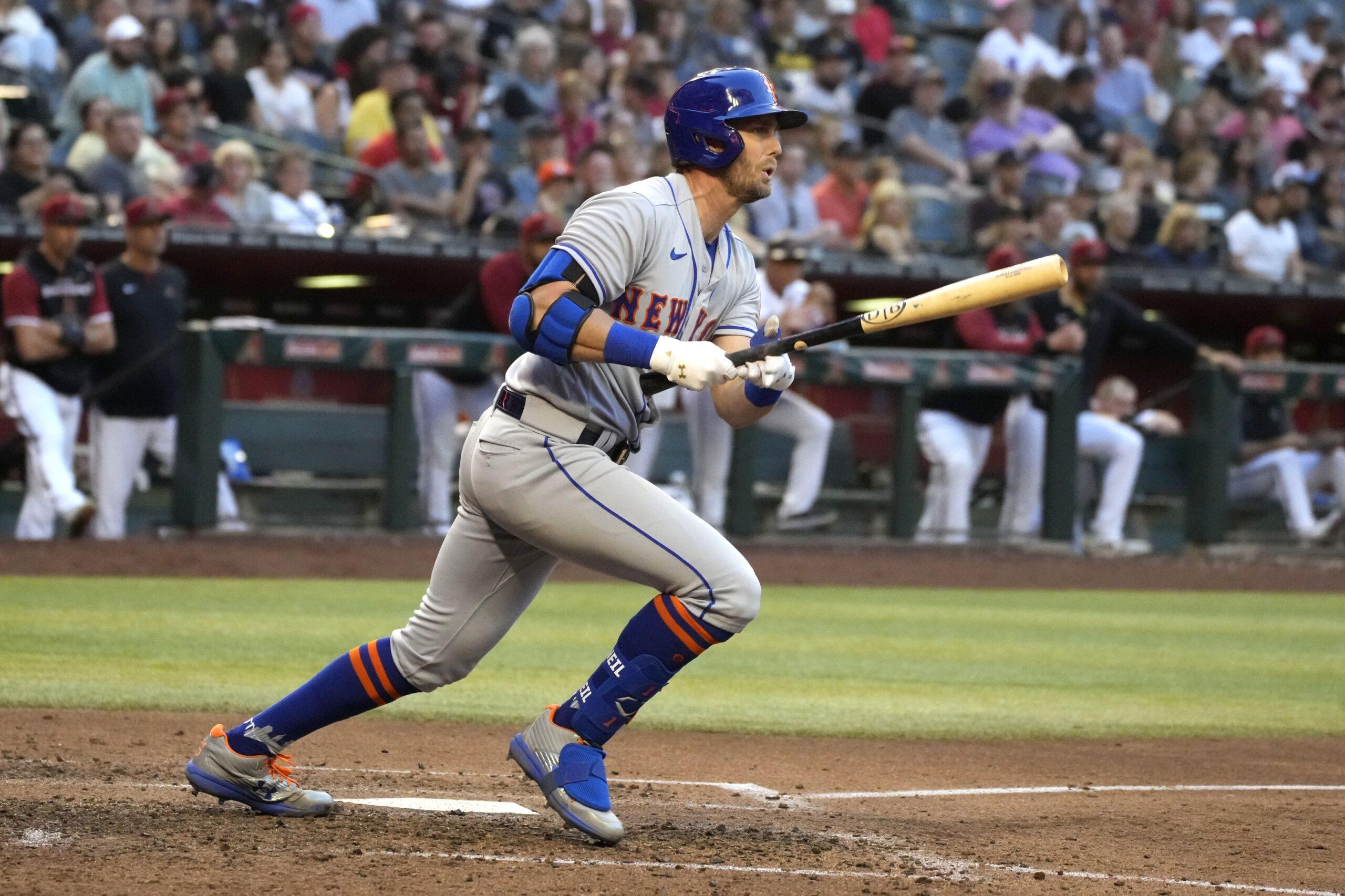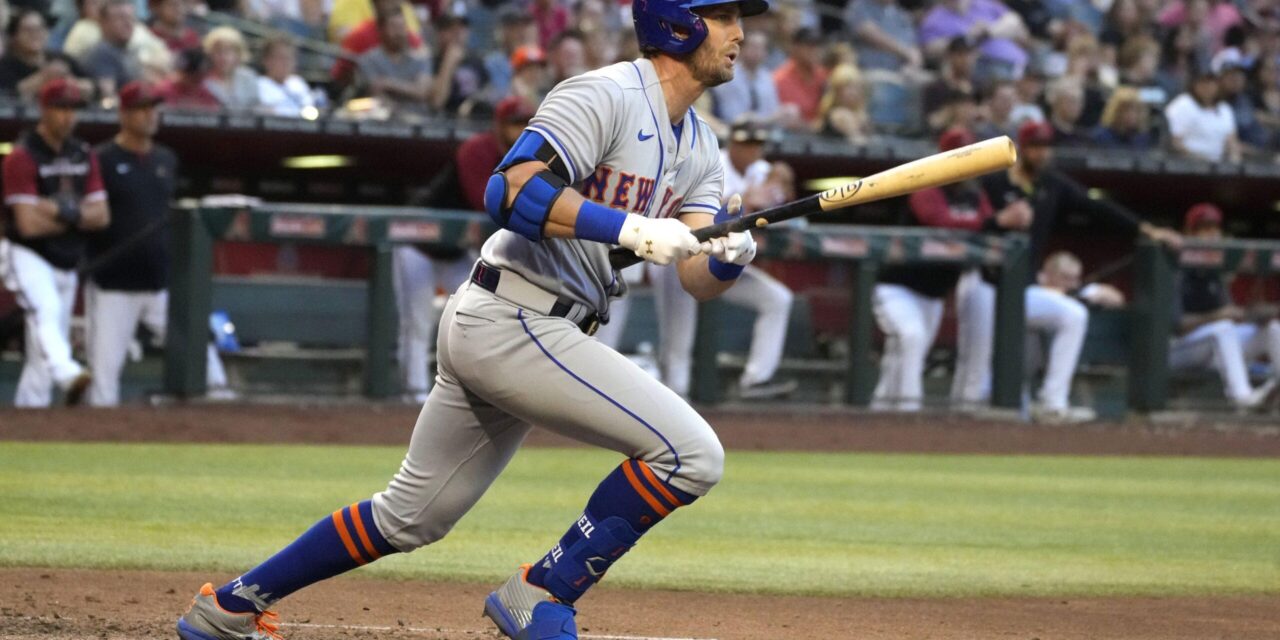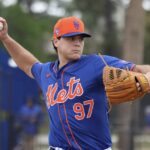
Rick Scuteri-USA TODAY Sports
Since the moment Jeff McNeil debuted in 2018, he has been regarded as one of the game’s most prolific contact hitters. He has taken what many would consider an “old-school” approach and parlayed it into a fruitful career thus far that includes two All-Star appearances, a Silver Slugger award and a batting title. One facet of his hitting profile that has been consistently lackluster, though, is his walk percentage. McNeil currently owns a career 7.0 BB% with his highest single-season total outside of the shortened 2020 campaign being 6.8%.
However, he has reached uncharted territory in that category so far through 13 games in 2023 with a 16.7 BB% and nine walks total through 54 plate appearances. McNeil’s sudden propensity for walks is certainly a welcome development, and it could be an important trait down the line if he can keep it up.
Let’s take a look at what has caused McNeil’s jarringly low walk rates over the past few seasons, starting with 2022.
For starters, McNeil just simply possesses elite bat-to-ball skills. He finished last season ranked eighth in the league among qualified hitters in contact rate on pitches out of the zone while also posting an overall contact rate that was well above average at 86.0%. His swinging strike percentage was incredibly low as well at 7.5%, implying that rarely whiffed and saw fewer pitches per at-bat as a result. Another interesting tidbit is that 43.3% of the pitches thrown to McNeil in 2022 were in the strike zone. Combined with a chase rate that sat in the 51st percentile according to Baseball Savant, McNeil didn’t have much of an opportunity to draw walks at an efficient rate for a number of reasons.
A lot of those same trends pop up when looking at McNeil’s career numbers as a whole. He boasts an incredibly high contact rate of 84.0% and a swing rate of 56.4% that is top-ten among qualified hitters since he entered the league. When you have a hitter like McNeil who’s a free swinger and makes contact at such an inflated rate while not being afraid to chase out of the zone, it’s nearly impossible to walk consistently.
That’s what makes his recent surge all the more intriguing.
The most obvious difference for McNeil in 2023 is that he has abruptly stopped swinging at pitches out of the zone. His chase rate is down drastically to 17.3% from his career average of 31.9% and his contact rate on those pitches has also decreased, giving him a chance to see more pitches and prolong his plate appearances. McNeil is seeing far fewer pitches in the zone so far this season too at 39.5%, leading to his swing rate dropping down to 43.8%. That would also seem to signal that McNeil’s pitch selection and recognition have improved, which is a clear recipe for success from a plate discipline standpoint.
Of course, McNeil’s tendencies at the plate could revert back to what they have been over the course of his career, and he could begin to see more enticing pitches as the season goes on and pitchers start to get into more of a groove. That prior version of McNeil that we’ve come to know established himself as a premier player in MLB, so that would be far from a bad thing. However, this season has shown that there may be an extra level for him to reach with his potentially newfound approach. If McNeil can remain more selective and draw more walks while still living up to his status as a dangerous hitter to all fields, he can help the Mets’ offense reach new heights.















